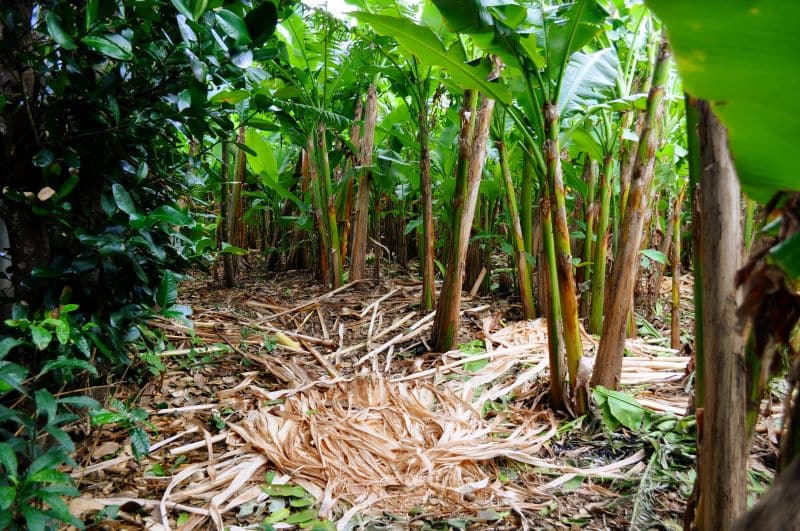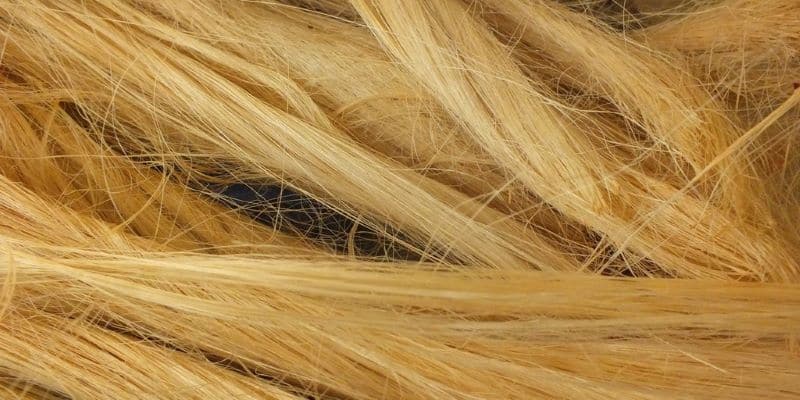Banana Silk Rugs
View our modern contemporary collection of Banana Silk rugs:
Learn More about Banana Silk Rugs
What is the history of “Banana Silk”?
“Banana Silk” is not a natural fiber derived directly from bananas, as the name might suggest. Instead, it is a type of synthetic or semi-synthetic yarn made from the fibers of banana tree stems or pseudo stems, which are processed to create a soft and lustrous textile material. The process of making banana silk involves extracting the fibers from the banana plant, treating them to create a usable yarn, and then weaving or knitting the yarn into fabric and rugs.
The history of banana silk dates back several centuries and is closely associated with traditional textile crafts in South and Southeast Asia. The use of banana fibers in textiles is believed to have originated in countries like Nepal, India, and Thailand, where banana plants are abundantly grown.
Here’s a brief overview of the history of banana silk:
- Ancient Origins: The use of banana fibers in textiles can be traced back to ancient times in South and Southeast Asia. People living in these regions discovered that the fibers from banana plant stems could be processed and woven into fabrics for clothing, household items, and other applications.
- Traditional Craftsmanship: Throughout history, skilled artisans in countries like Nepal and India have honed their techniques in extracting and processing banana fibers. The process involves stripping the outer layers of the banana pseudostem to access the inner fibers. These fibers are then softened and spun into yarn or thread.
- Modern Innovations: In more recent times, there has been a resurgence of interest in traditional and eco-friendly textiles, leading to the development of new techniques for making banana silk. Modern production methods aim to enhance the properties of the fiber, making it more suitable for contemporary fashion and interior design applications.
- Sustainable and Eco-Friendly: Banana silk is often touted as an eco-friendly and sustainable alternative to synthetic fabrics. The banana plant is fast-growing, requires minimal water and pesticides, and its fibers are biodegradable, making it a renewable and environmentally friendly choice.
While banana silk shares some similarities with other natural fibers like silk and cotton, it is still considered a semi-synthetic or “regenerated” fiber. This is because the banana fibers are processed and treated with chemical solutions to create the yarn. Nevertheless, its connection to traditional crafts and its eco-friendly properties have contributed to its growing popularity in the fashion and interior design industries.
What are Banana silk rugs?
When most people think of rugs, they are familiar with a composition of either natural or synthetic materials. Banana silk rugs are rugs that were woven using a material that can be taken from the shoots or trunk of the banana plant. Therefore, it’s unlike polyester, nylon, wool, or cotton.
View Our Collection Of : Antique Silk Rugs | Modern Vintage Silk Persian Rugs
The yarn itself is recovered from parts of the banana plant, and it goes through different methods of preparation to be ready for use in a variety of high-quality textiles. Japan and Nepal are a couple of locations around the world that have a tradition of producing banana silk rugs. It’s incredibly versatile so banana silk is suitable for ring spinning, semi-worsted, open-end spinning, or bast fiber spinning methods.

Banana plants include more than just the fruit we are familiar with.
Japanese Banana Silk Rugs
In Japan, the process of making banana silk begins on the field where the plants are grown. Their method of caring for the plants ensures that the yarn is incredibly soft, with traditions that date back all the way to the 13th century. Yarn is made of the shoots that are prepared by being boiled in lye. The shoot itself has multiple parts that are used in the applications that are most appropriate for their texture.
Rugs and other home furnishings are often created using the outer layer of the shoot because it has durable and coarse fibers. The delicate inner fibers are more appropriate for use in crafting soft kamishimos and kimonos.
Nepalese Banana Silk Rugs
Rather than harvest yarn from the shoots of the plant, it’s more common in Nepal to harvest it from the trunk of the plant. This process is done mechanically so that pieces can be removed and softened before going through a process of bleaching and drying. The result of these steps is a silky yarn that is suitable for dyeing, skeining, and refining to prepare for rug making. Although the harvesting process itself begins mechanically, the Nepalese women traditionally use the banana silk to create rugs by hand so that the final product is high-end artistry.

Harvesting the fibers of the banana plant to make silk.
Benefits of Banana Silk
Banana silk is quickly gaining worldwide recognition for being incredibly versatile. For weaving of the Banana silk rugs, the fibers are naturally luminous with a radiant outer sheen. Not only does this create an attractive product, but the fibers themselves are incredibly strong. The bio-degradable and eco-friendly material is light and does an exceptional job of absorbing moisture. It’s simple to choose a perfect looking area rug based on look alone, but a remarkable product can be achieved when using quality material like banana silk.
Harvesting Banana Silk Fibers
Contrary to what many people claim today, the production of banana silk is not a new trade, as evidence exists which suggests that people in Japan were harvesting and processing banana fibers as early as the 13th century. However, the popularity of the fiber declined as demand for China’s and India’s silk and cotton increased. The fiber thus fell out of general awareness.
In recent years, demand for the versatile fiber and fabric (as well as the Banana silk rugs themselves) has been rising, largely due to its reputation for being an environmentally friendly textile—one which needs little mechanical energy, and no chemicals, to process. In what follows, we will give a brief account of the process the fiber undergoes to become fabric.
The fiber is derived from the stems (or psuedostems) and stalks of a species of banana plant, called “abaca” and named “Musa Textilis,” which bears inedible fruit. It takes the plant between 18 to 24 months to mature, at which point it may have 12-30 stalks, each 12-20 ft tall. After this point, the stalks may be harvested every few months, making it a high potential crop in terms of profit.

Banana Silk Fibers Harvested
There are several ways to harvest the fiber of the Abaca plant. One way is to soak the trunk of the stalks in water, a process known as retting, in order to soften the fiber, making it easier to separate the individual fibers from each other. Another method is simply stripping the individual fibers with a knife. The fibers are then dried organically and braided into a yarn.
One could also produce the fabric through a process known as combing. Moreover, one could use chemical extraction as a method, but this would undermine its very economic value, as it would diminish the Green quality which is the source of the demand for it.
After the fiber has been harvested, it is ready to be woven into clothes, ropes, mats, handbags, paper, and more and naturally – Banana silk rugs as well. Without a doubt, banana fiber is a rising commodity with the potential to do both economic and environmental wonders.
